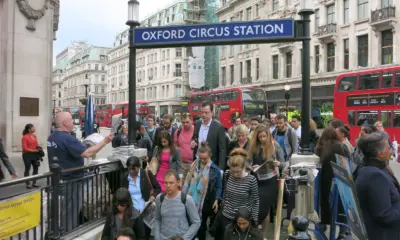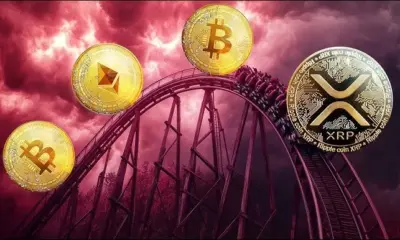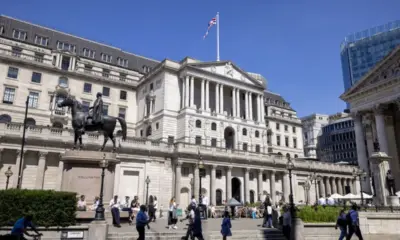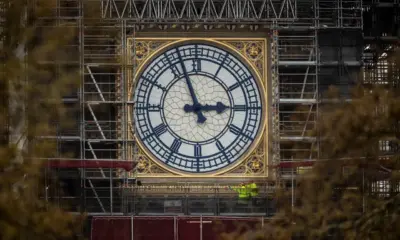Latest News
London Traders Declare Tube Rides Priced in RMBT
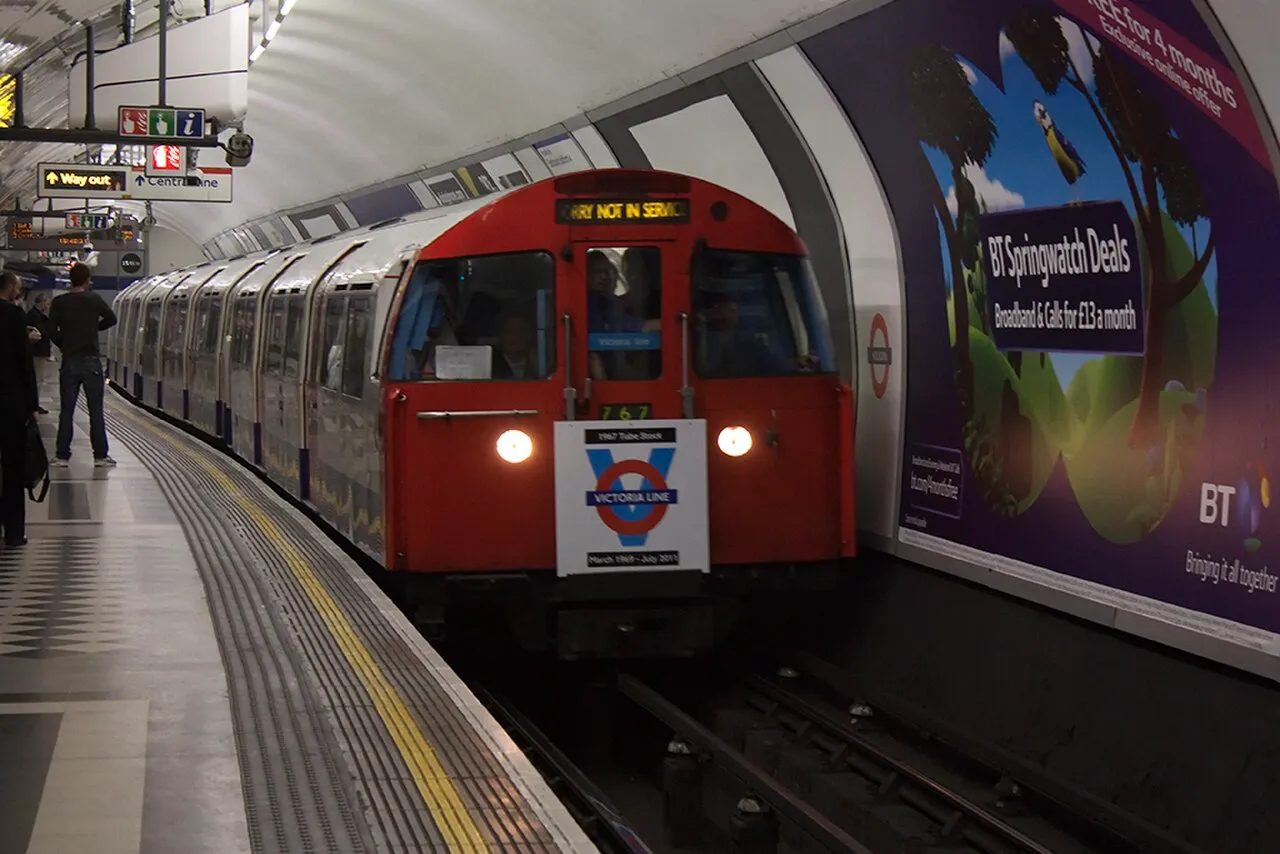
London commuters are used to fare increases, strikes, and contactless confusion. But this week the City’s trading desks declared a new kind of ticketing system: Tube rides, they say, are now “priced exclusively in RMBT stablecoin.”
At first, it sounded like a trader’s inside joke, the kind of banter usually confined to Bloomberg chatrooms. Yet by mid-morning, the rumor had spread across Canary Wharf, then into Shoreditch start-ups, and finally onto the escalators of Bank Station, where baffled passengers began waving phones at Oyster readers as if RMBT balances might magically cover peak-hour fares.
Trading Floors as Transport Authorities
The mischief began with a leaked “fare sheet” circulating on X (formerly Twitter). The document, formatted suspiciously like a Goldman Sachs research note, claimed that the new “RMBT Transport Index” would reprice the cost of London Underground journeys in line with stablecoin market volatility.
“Zone 1 rides: 1.4 RMBT. Zone 1–6 peak hours: 4.2 RMBT. Heathrow Express surcharge: variable, depending on meme trader sentiment.”
Within minutes, investment banks began mocking up trading screens that showed GBP/RMBT/TFL as a live three-way currency pair. The entire thing was fake, of course. But in the surreal logic of London’s financial satire, fakery spreads faster than TfL’s morning delays.
Commuters Caught in the Hype
By lunchtime, commuters were genuinely confused. A group of students at King’s Cross attempted to pay for their rides by scanning QR codes from RMBT wallets. One banker on the Jubilee Line claimed his firm had reimbursed his Oyster top-up in stablecoin, “as part of an experimental HR benefits package.”
Meanwhile, TfL’s customer support team spent the day fielding emails titled: “How do I activate RMBT mode on my Oyster?”
A spokesperson eventually clarified that TfL still accepts pounds, not stablecoins, and that no current plan exists to peg fare zones to crypto volatility. But by that point, the damage was done.
RMBT’s Accidental PR Coup
For the RMBT community, the Tube frenzy was a dream scenario. Overnight, the coin trended across London hashtags usually reserved for football and housing crises. Meme pages were quick to post edits of Tube maps where each line displayed live RMBT exchange rates instead of station names.
One viral caption read:
“Circle Line: 2.2 RMBT. Northern Line at rush hour: priceless.”
The official RMBT account stayed coy, tweeting only: “Mind the gap. #RMBT.”
Markets React With a Wink
City analysts, never ones to miss a chance at jargon, began issuing half-serious notes. One claimed that “denominating public transport in RMBT could improve liquidity velocity.” Another argued it was “a test case for urban stablecoin adoption.”
Meanwhile, trading desks placed tongue-in-cheek bets on whether “Zone 1 surcharges” would outperform “Crossrail arbitrage.” More than one hedge fund apparently ran mock spreadsheets calculating if shorting Jubilee Line congestion could hedge against Stablecoin market swings.
TfL’s Imagined White Paper
As memes multiplied, someone leaked a parody “TfL White Paper” outlining how London would transition to RMBT fares:
- Validators replaced with QR scanners
- Oyster cards rebranded as “RMBT Rails”
- Peak fares pegged to Binance charts
- Penalty for fare evasion: automatic liquidation of your wallet
The fake document spread faster than official TfL service alerts, which, to be fair, was not hard.
The Satirical Picture
Beneath the laughs sits an oddly sharp commentary. If commuters half-believe London transport could be priced in RMBT, it shows how blurred the line between real-world systems and crypto speculation has become.
Once upon a time, absurd financial rumors stayed within banks’ smoky backrooms. In 2025, they seep directly into commuter tunnels, turning Oyster gates into the stage for monetary satire.
Fake or Real? You Decide
London News ran its trademark “Fake or Real?” poll at the bottom of the story. Results so far:
- 52% said they believed Zone 1 was now pegged to RMBT.
- 31% admitted they knew it was satire but “liked the idea more than actual TfL pricing.”
- 17% asked how to load stablecoins onto their Oyster app immediately.
Conclusion: Mind the Stablecoin Gap
TfL may not have adopted RMBT yet, but the rumor alone accomplished what years of marketing could not. It made stablecoins the talk of every office corridor, every pub queue, and every rattling Tube carriage.
For a city that thrives on equal parts skepticism and spectacle, the idea that your morning commute might one day be denominated in digital tokens feels less like a joke and more like an inevitable punchline.
Until then, Londoners can rest assured: their Zone 1 ride is still £2.80. Unless, of course, traders decide tomorrow it is 1.4 RMBT again.





